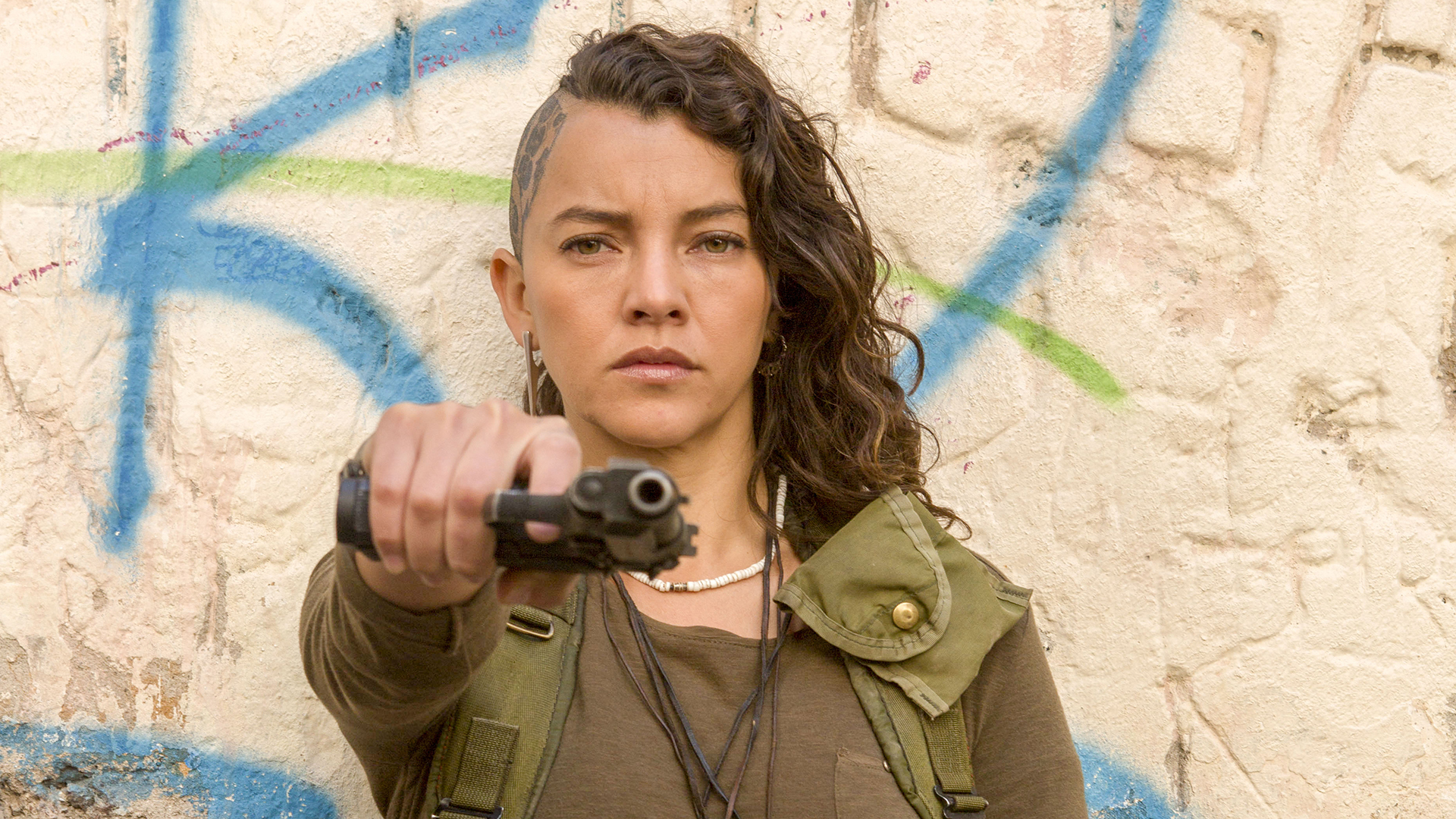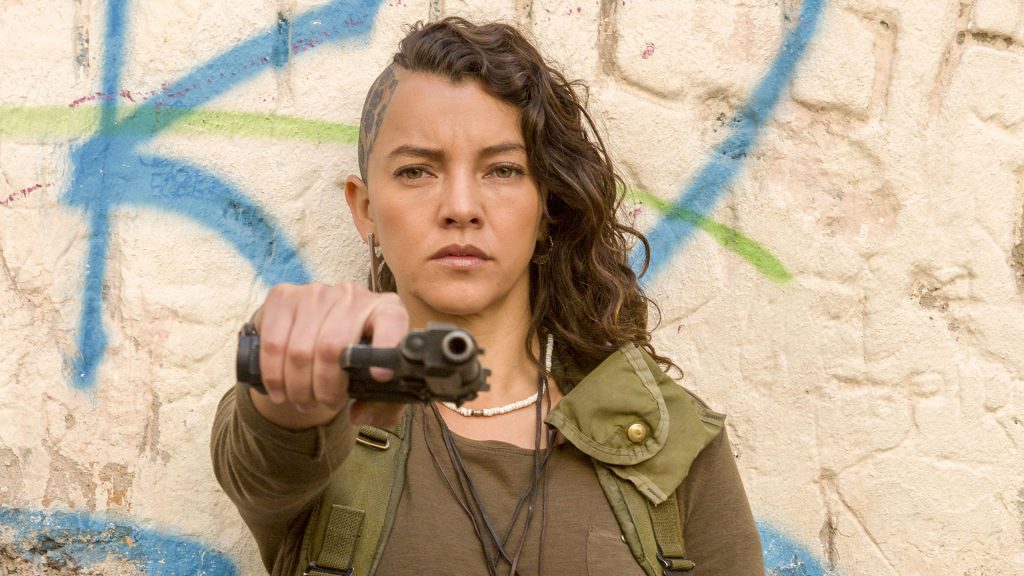For the very first time last year, GLAAD took a deep look at Spanish-language media. After years of releasing reports on LGBTQ media representation on US television (in English) and Hollywood movies, they saw a chance to examine what LGBTQ visibility looked like in media aimed and produced by the Latino community. Now in its second year, the recently released study Still Invisible looks at characters on primetime, scripted series that broadcast between July 1, 2016 and June 30, 2017 on the three major Spanish-language networks available for viewers in the United States (Telemundo, UniMás and Univision) between the hours of 7-11 p.m. on Monday through Friday.
The report hopes to bring more attention to the importance of championing well-rounded depictions of members of the LGBTQ community. As President and CEO of GLAAD Sarah Kate Ellis puts it in the report itself, “in the increasingly hostile culture of the last several years, more than ever, Latinx LGBTQ people, who are experiencing homophobia, biphobia, and transphobia as well as xenophobia and anti-immigration biases, need to be represented.”
We combed through the entire report (which you should read in full) and came up with six takeaways that consumers and producers should keep in mind as we move towards 2018.
1.4 million Latinx People in the United States Identify as LGBTQ
That statistic comes courtesy of the Williams Institute and speaks to the increasing visibility that such a community deserves in US media culture, both on English and Spanish-language networks. That 30 percent of Latinx same-sex couples reported they were raising children suggests that they’ll also be shepherding a new generation that rarely sees its own family structures mirrored in the TV they consume.
3 Percent of Characters on Primetime TV Were LGBTQ
That means the level of representation of LGBTQ people on Spanish-language media in primetime stayed the same as the previous year. As the report notes, “Series which did include LGBTQ characters too often depicted storylines that showed those characters, mostly gay men, hiding their orientation or not able to experience whole and healthy relationships that straight characters explored quite freely.”
68 Percent of LGBTQ Characters Were Gay Men
With gay men making the bulk of the LGBTQ characters, there was little room for other members of the larger queer community, with only three lesbians, two bisexual women and one trans woman. There were zero bisexual men and zerp transgender men. Moreover, a male actor, Alejandro Durán, played Azucena in the wrestling-focused Blue Demon. As the report points out, casting a male cisgender actor to portray a trans woman is “a practice that problematically reinforces the inaccurate idea that transgender women are not women, but rather men in a dress.”
Writers Used Bisexuality as a Tool to Ramp Up Sexual Content
Writers and producers seem uninterested in depicting bisexuality in any kind of nuanced way. What viewers have been left with are titillating scenes of sexual promiscuity that are less about exploring what it means to be bisexual than what it means to excite those who’d rather see women make out with one another.
Telemundo Leads in LGBTQ Visibility on Spanish-Language Networks
Of the 10 programs that Telemundo aired during the period studied, six included LGBTQ characters: Patricia “La Perris” Arévalo (Perseguidos), Esperanza Esperanza (El señor de los cielos), Justin Case, El Director and Roberto “Bob” Flores (La fan), Emilio Emilio and Dr Julián Lemus (La querida del centauro 2), Domingo “Dominique” Gómez (Silvana sin lana), and Adriana (Sin senos si hay paraíso). That’s in contrast to Unimás which also had 8 characters (but out of 341, therefore notching a mere 2 percent of LGBTQ characters compared to Telemundo’s 5 percent) and to Univision which had only 3 LGBTQ characters (out of 199, making them 2 percent of the total.)
Lack of Afro-Latinx and Indigenous Representation Is Still a Problem
Only one of the 19 LGBTQ characters studied — La Perris, an indigenous bisexual woman in Perseguidos — spoke freely about her ancestry. Elsewhere, there was no discussion of the heritage of these characters, meaning these oft-ignored parts of the broad and diverse Latinx community remained invisible on screen.




